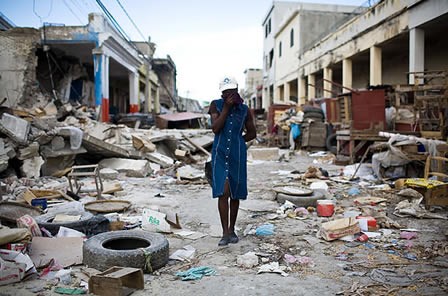Geographical factors that affect development
Post on: 21 Июль, 2015 No Comment

This is part 2 in a series on why some countries remain poor.
One of the most important factors in development is geography, where the country is in the world, and climate. Its no coincidence that the poorest countries are in the tropics, where it is hot, the land is less fertile, water is more scarce, where diseases flourish. Conversely, Europe and North America profit from huge tracts of very fertile land, a temperate climate, and good rainfall. In extremes of climate, either hot or cold, too much energy goes into the simple business of survival for there to be much leftover energy for development. You have to work twice as hard to get enough to eat out of the ground, you have to irrigate where others can depend on rainfall. It may be too hot to work between 11 and 2, so you lose three hours out of every day. Rain patterns may give you a short growing season, while others can get two harvests in one year. Some countries are just at a natural disadvantage.
Secondly, geographical location plays a part in access to markets. All the great empires have been based around trade routes, and these are almost always maritime. There are notable exceptions, the medieval Mongol empire was based on the Silk Road from China to the west, but Jeffrey Sachs sums it up well in his important book The End of Poverty. Many of the worlds poorest countries are severely hindered because they are landlocked ; situated in high mountain ranges; or lack navigable rivers, long coastlines, or good natural harbours.
China has three of the worlds busiest ports, and so does the US. With ports you can raise money through tolls and shipping services. If you have no access to the coast, not only do you miss out on these services, you have to transport everything by land, which is much more expensive. And what if your neighbours dont like you? Ice-bound on its northern coastlines, Russian has squabbled for centuries over access to a warm water port, the Crimean War being the most serious. Countries like Afghanistan, Rwanda, Malawi, or Bolivia are all hindered by access to ports. Other countries, like Ethiopia or Lesotho, are not only landlocked, but mountainous as well, making trade even more expensive.
Resources
Thirdly, every country has been dealt a hand in natural resources. It takes infrastructure to capitalise on these, but some places have a distinct advantage over others. Oil is the most obvious. Nobody is any doubt about how Saudi Arabia or UAE make their money. Among other advantages, gold and diamonds have helped South Africa build the most successful economy on the continent. These are all non-renewable resources once theyre gone, theyre gone, but while stocks last there is wealth to be made.
Besides these there are renewable resources forests, fish, stocks that, if correctly managed, will refresh themselves. Much South American development has been based on the Amazon rainforest, in natural rubber and then timber.

Finally, there are what are sometimes called flow resources. These are renewables that need no management, wind, tide and solar resources. The Earth Policy Institute describes the American Great Plains as the Saudi Arabia of wind energy, while sunshine-rich places like California, Sicily and Portugal are able to invest in solar power. No natural resource is a license to print money, and there are plenty of poor countries who are rich in resources, but it is a factor.
Stability
Finally, environmental stability can be a factor in development. Some countries are more stable than others. Mohammad Yunus makes this point in describing his book Banker to the Poor. Bangladesh is a land of natural disasters, so this is unfortunately an important factor in our doing business here. If you are regularly beset by monsoons, floods and landslides, like Bangladesh or the Philippines, things are going to be harder for you. You may be in an earthquake zone, and weve all seen what a tsunami can do to a country.
Where I grew up in Madagascar, the annual cyclone season regularly swept away roads and bridges, damaged railways and refineries, and took the roofs of houses and hotels all along the east coast. How do you build and sustain infrastructure in those conditions? Its not impossible, but these are problems most countries dont have to face.














